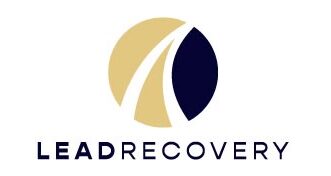Trigger Warning: This article contains information on self-harm and suicide. If you are self-harming and are feeling suicidal thoughts, please call the National Suicide Prevention Hotline at 1-800-273-8255.
New research from Columbia University looked at the correlation between self-harm episodes and risk of suicide. The study found that an episode of self-harm creates a high risk of suicide within one year of the self-harm. During the 12 month period after self-harm, “…the rate of completed suicide was 37 times high if the initial self-harm event involved a violent method, such as the use of a gun, compared to a nonviolent method, and that this risk was greatest within the first episode,” as reported by Medscape. More alarmingly, the risk of completing suicide in the first thirty days following the self-harm event, for those who used violent methods, was 10 times greater than at any other time during the remaining 11 months. To conduct the study, researchers examined the data of over 60,000 patients who had self-harm episodes.
According to one of the researchers, “Adults who present for treatment following self-harm often require urgent medical attention. However, these patients also provide clinical opportunities for suicide prevention.” Continuing, the researcher explains, “They are at exceptionally high short-term risk of suicide, and clinical attention should focus on ensuring their safety, particularly during the critical first few weeks.”
Why Do People Self-Harm
Self-harm is a coping mechanism for many people. When the pain is so great they cannot feel it anymore or when the pain is so great they have to feel another kind of pain, they turn to self-harm. Self-harm is commonly seen as cutting, or creating small incisions in the skin. However, self-harm can include a list of behaviors:
- Burning
- Scratching
- Hitting the wall
- Creating bruises with impact to the body
- Continuously opening up scabs or opening scars; not letting wounds heal
- Pulling hair
- Picking at the skin
- Hurting parts of the body
Learning to love and live with yourself takes time, recovery, and compassion. LEAD Recovery Center wants to offer you the extra time you need to heal and recover while learning to live life as the adventure it is. Our experiential program supports adventure and immersive learning while supporting the recovery process with clinical support. For more information on our multiphase transitional program, call 1-800-380-0012.


